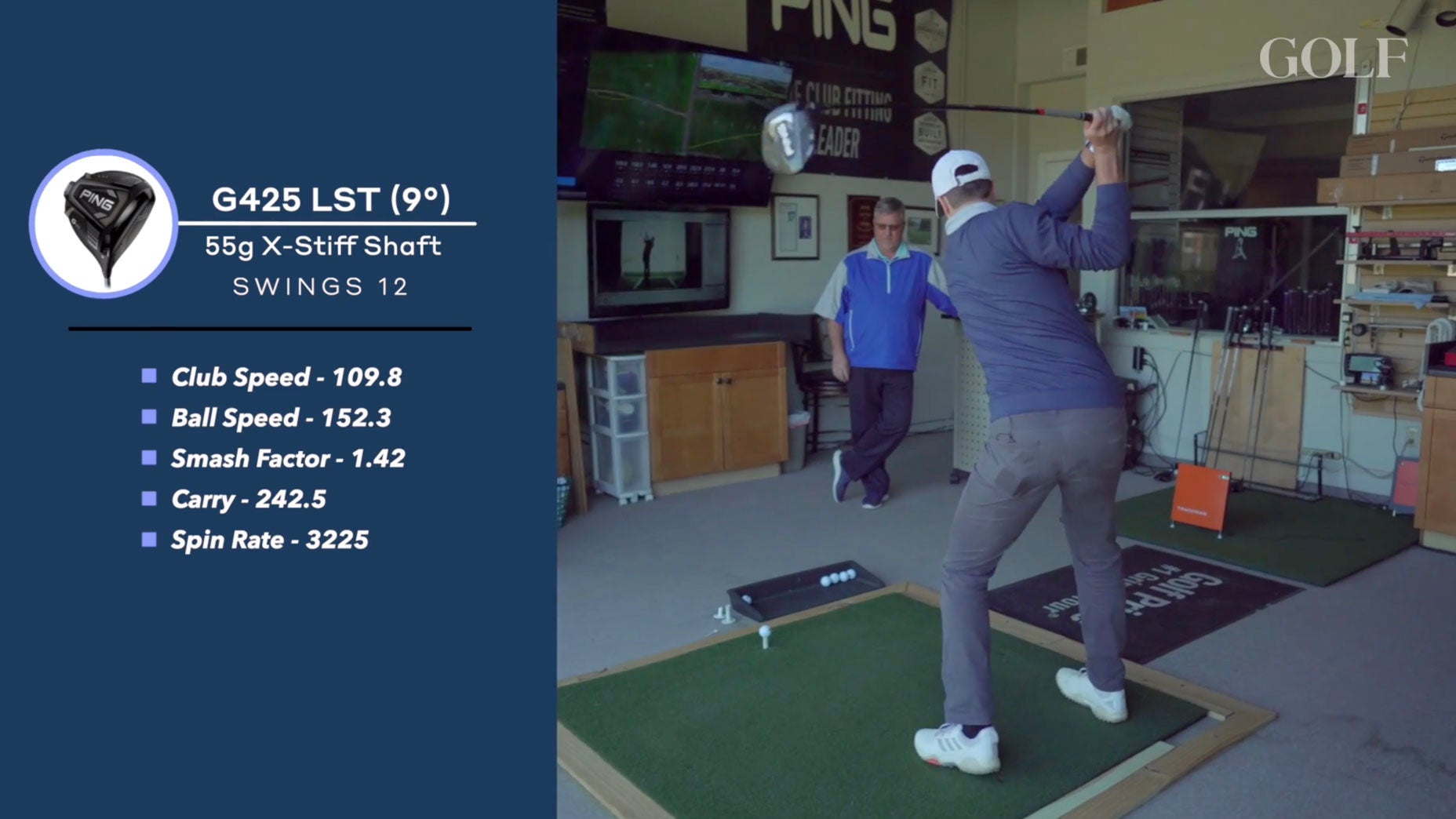I was appalled the other day when a friend texted, “BTW, I bought a new driver.” I knew he didn’t get fit for it. I knew it came from some online deal that caught his scrolling eye. I knew it was somewhat of an impulse buy. What was disappointing was I thought I had imparted with him the knowledge that has become nearly ubiquitous across the industry: You want a new club? You need a fitting.
At least I thought it was ubiquitous. But all things considered, this friend is still a golf beginner. Like many people who flocked to the game for its outdoorsiness during the pandemic, this friend dove in to the game, credit card first. But anyone who has played golf for long knows the smartest gear purchases come after a fitting.
And so it was, forgive the pun, fitting that I had recently gone through a driver fitting of my own. A few weeks ago, I visited the Georgia Golf Center, just north of Atlanta, with my eyes on a new Ping driver. My gamer had aged out, and it was time for something new. Something that better fit my current swing. Thanks to Chris Asbell, the lead fitter down there, here are three things I learned in the process.
A lighter shaft for a faster swing sometimes makes sense
I tend to swing with plenty of speed for a mid-level amateur player. My driver swing speed is generally in the 112 to 113 mph zone, unless Bryson DeChambeau is standing over my shoulder, in which case we can ramp it up to 118 mph. That’s plenty fast, considering the Tour average last season was 114.01.
It had always been clear that I should be using a stiff shaft, and perhaps an X-stiff shaft to combat any extreme bend during the swing. Before this fitting, though, I had always figured that meant I needed a heavier shaft. A more bolstered weapon. Something in the 65-70 grams zone. I was wrong.
My fitting guru found that the best shaft for me was actually a 55-gram X-stiff shaft. That’s what I felt most comfortable creating speed with, and the numbers backed it up. My clubhead speed jumped to 114.6 with that shaft in tow, and there was no obvious downside elsewhere.
Spin rate is everything
At least for me, spin rate is everything. At some point in my life I became obsessed with pinching the ball into the turf with my irons to create a bunch of backspin for better control into the greens. Unfortunately, it has leaked into my long game off the tee. My driver swing is descending and has grown a bit negative. In other words, I strike the ball on my downswing (at anywhere from -2 to -5 degrees), and usually with a slightly open face. As a clubface-truther, I often look down and see center contact, only to look back up and see a well-struck ball slicing and slicing, right of right. Long and wrong.
So getting fit and understanding the RPMs I was generating on the ball was vital for understanding not just the club-fitting but also what I needed to improve in my swing. Generally every club-fitter is a golf instructor of some sort, and Asbell reminded me just how much my driver swing needed a change. In the meantime, for my current swing, that 55-gram shaft and a 9-degree lofted driver head helped me get my RPMs down closer to the 3,000 range, a great goal for amateurs with speed. That’s much better than the 4,000 to 5,000 on my worst slicing drives.
Ping G425 LST Driver
View Product
The standard clubhead loft isn’t everything
Given I hit the ball low off the tee, the first move by my fitter was to test out the 12-degree driver head. Get that sucker into the sky. “If you want to hit it 300 yards,” Asbell said, “the ball has to fly a good bit.”
So, how did Abell end up giving a low-ball hitter a 9-degree driver head? Well, the driver is actually cranked closed to 10.5 degrees. Considering my right miss is a spinny tee shot that flares up and to the right, and that my left miss is more of a straight ball that just stays left, Asbell figured we would try and make sure we definitely avoid those right-of-right shots. And altering the loft from a standard 9-degree head can make perfect sense for a descending swing like mine.
These are the kinds of things that you just cannot figure out on your own with an open driving range and a wrench. There are unintuitive learnings that take place constantly during a fitting. The best fitters understand all of it.
To get fit for your own new driver, visit the experts at our affiliate company, True Spec Golf.
